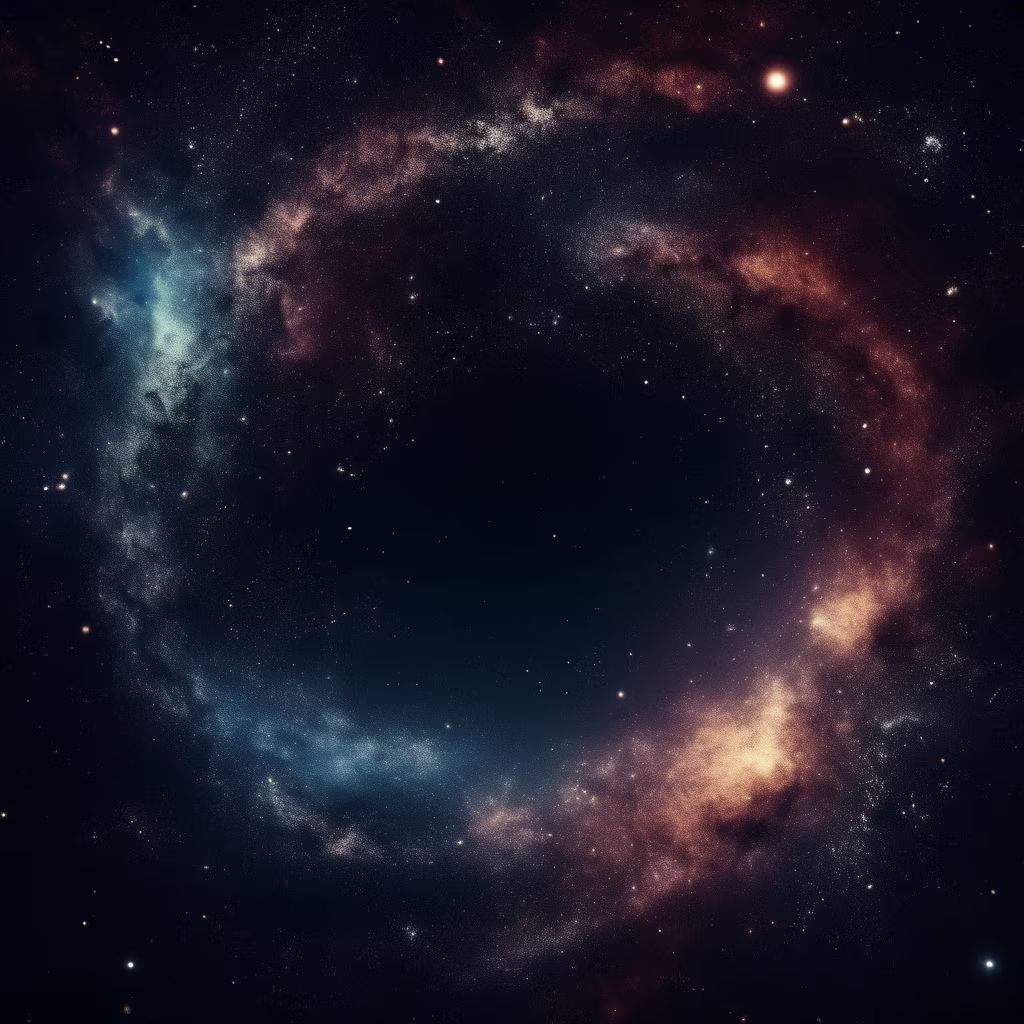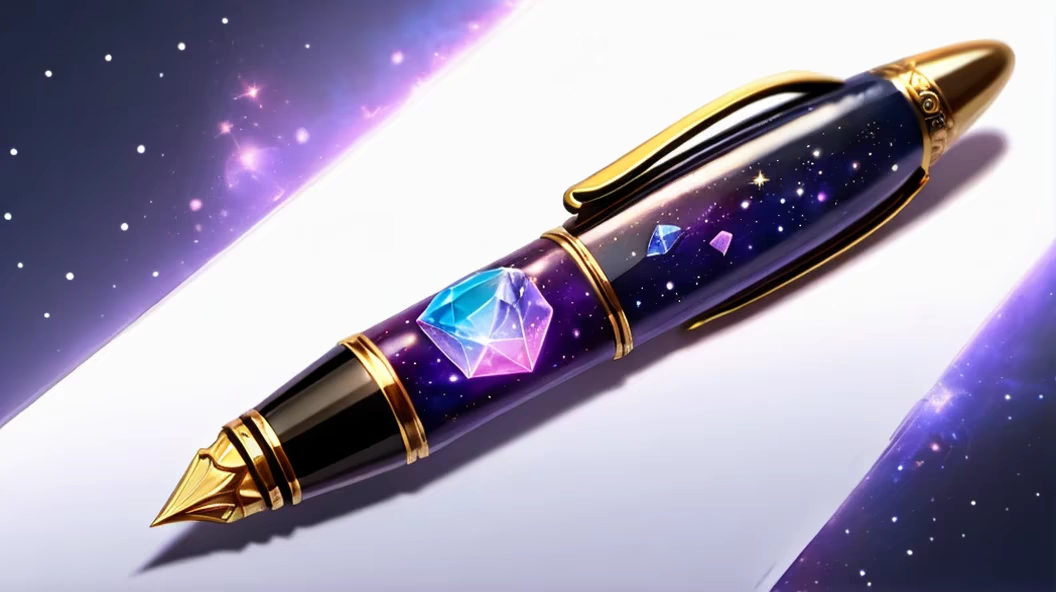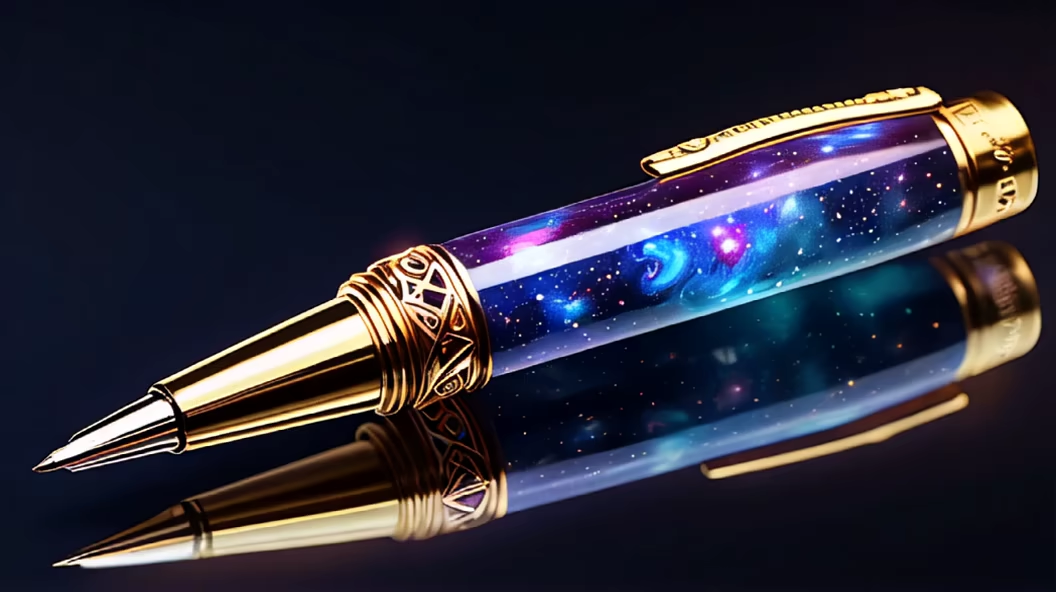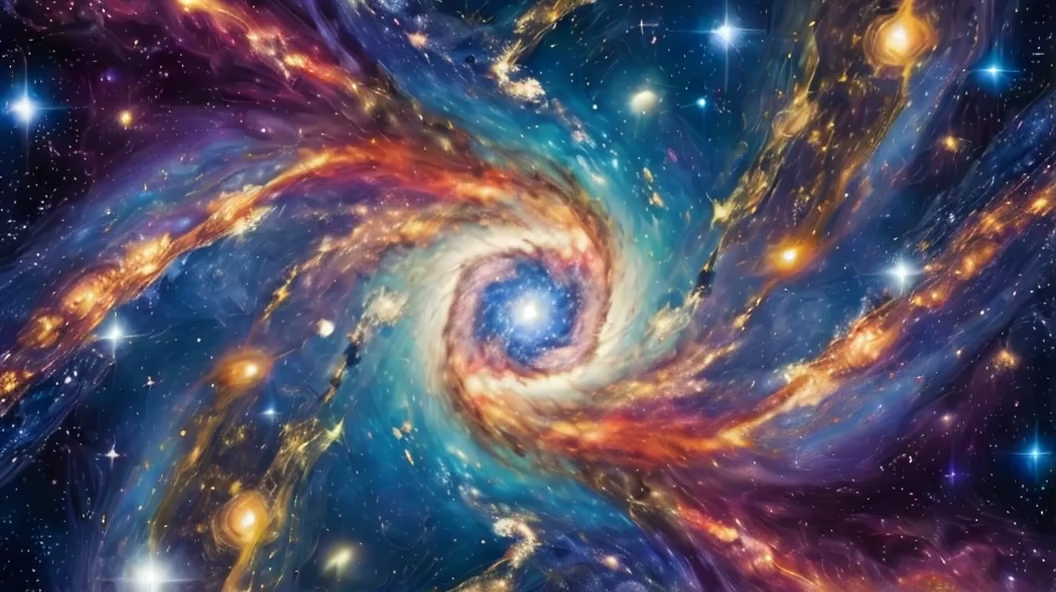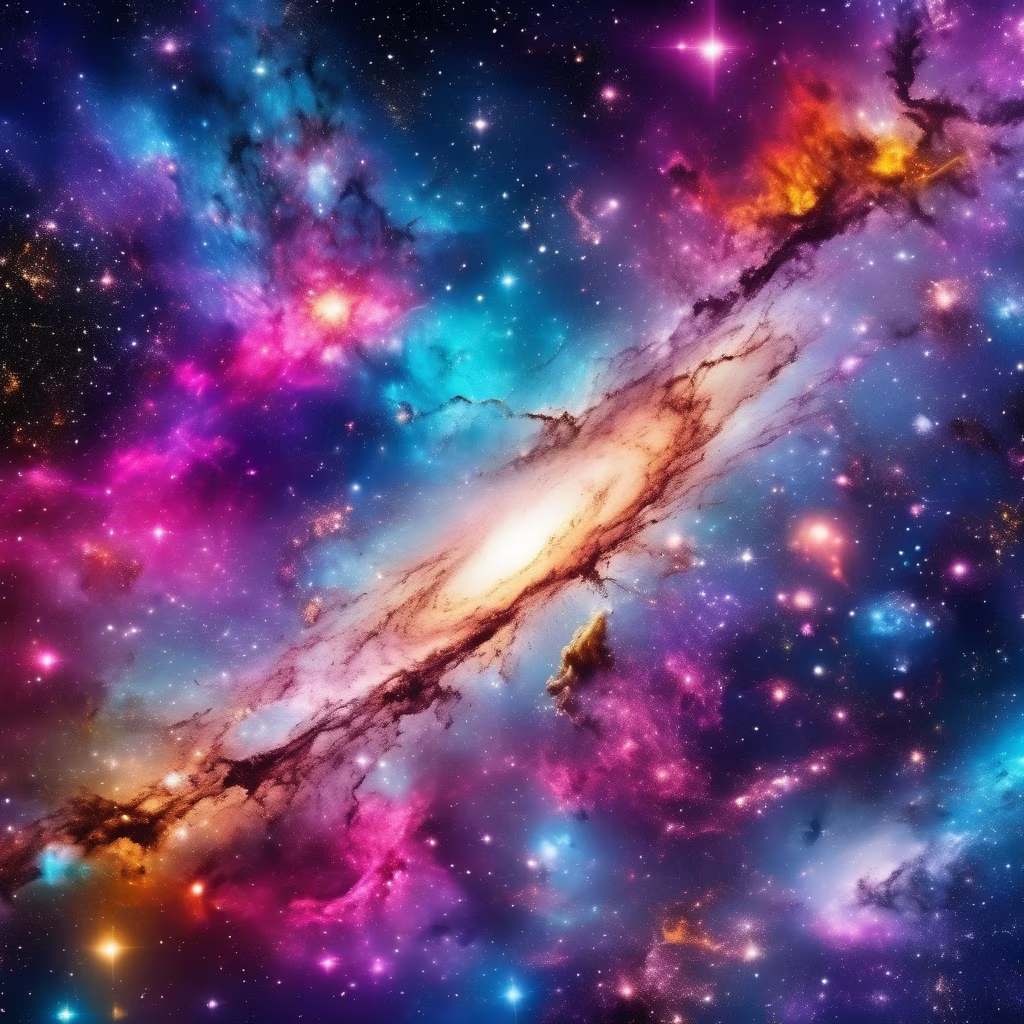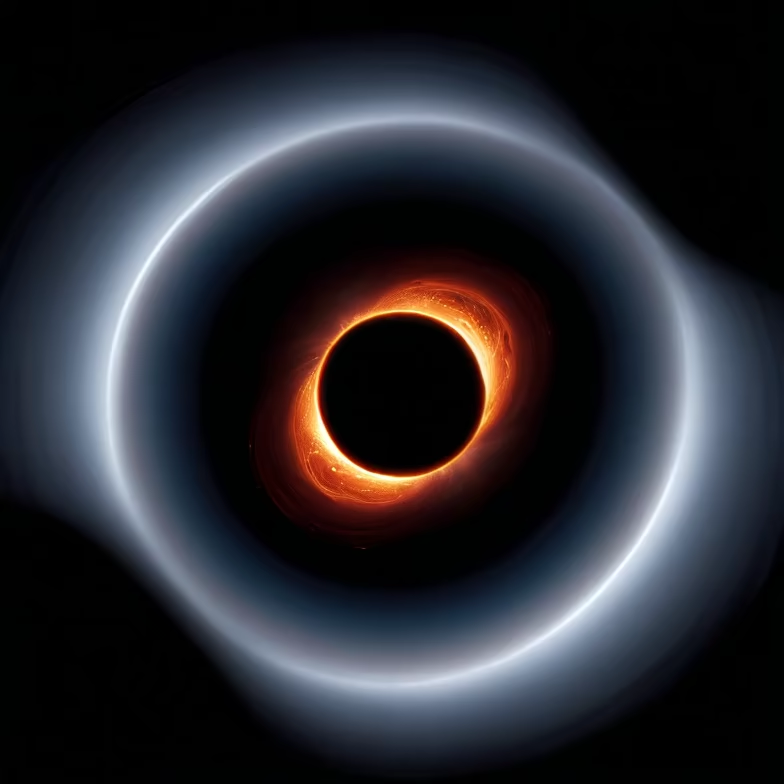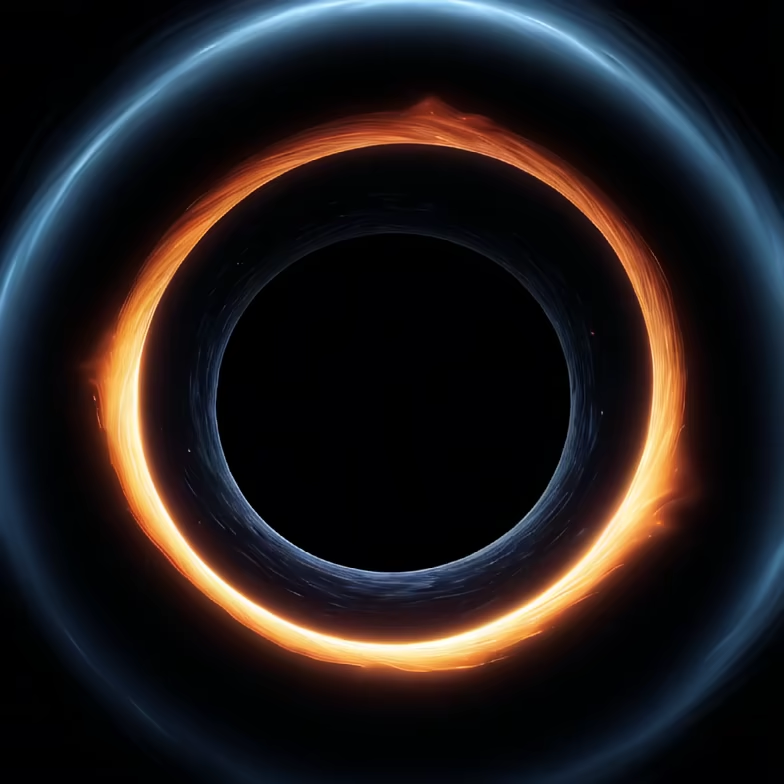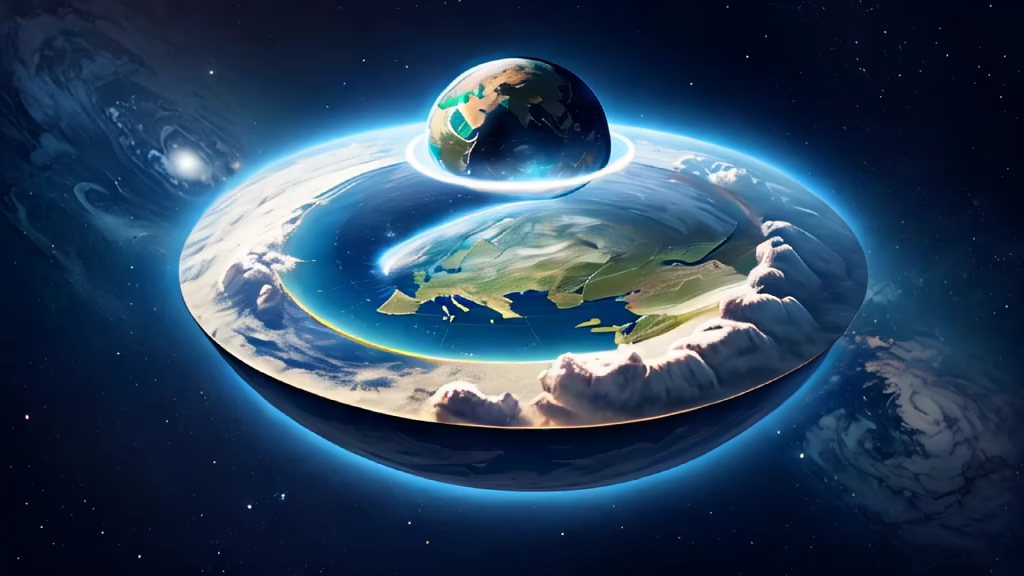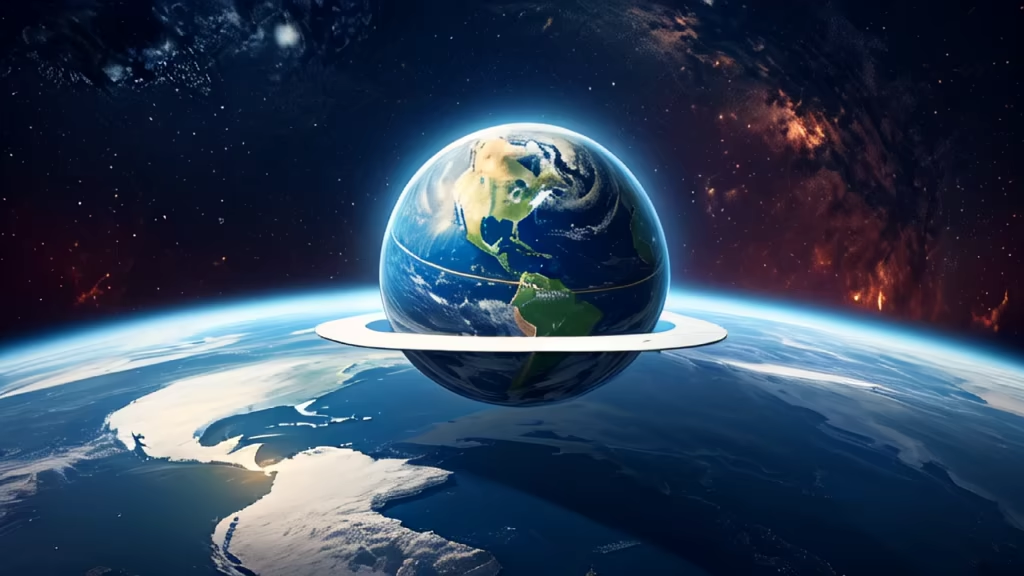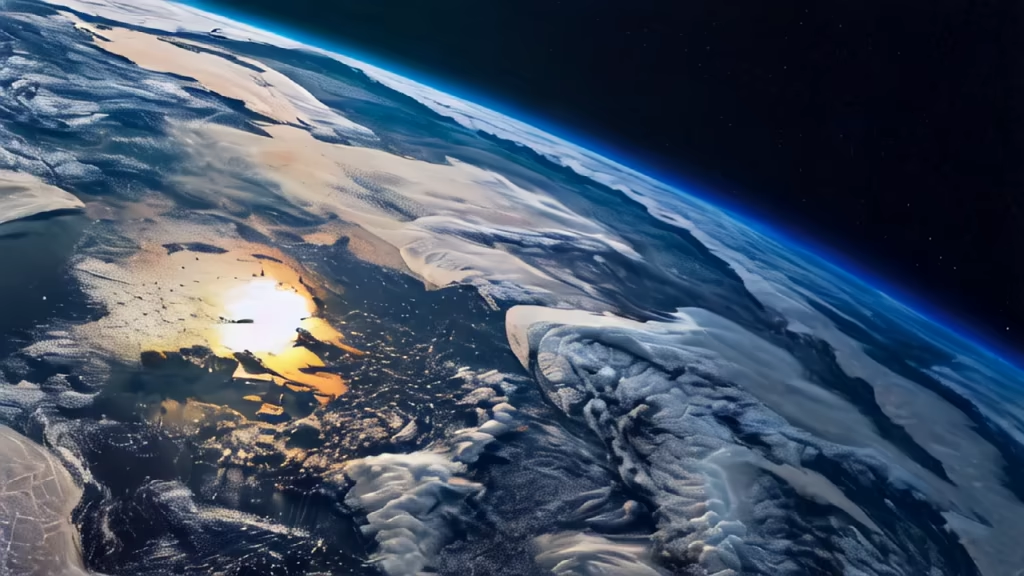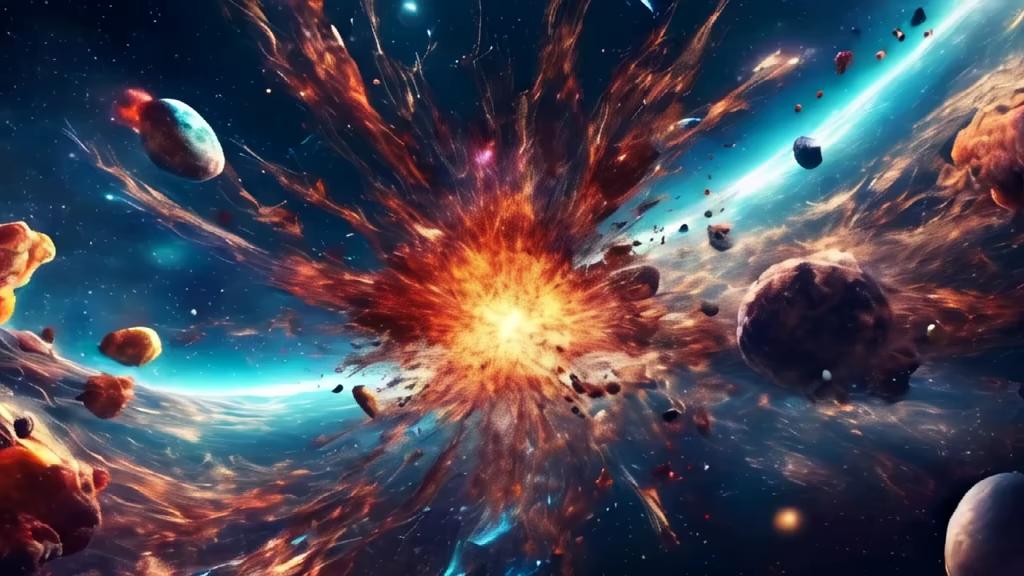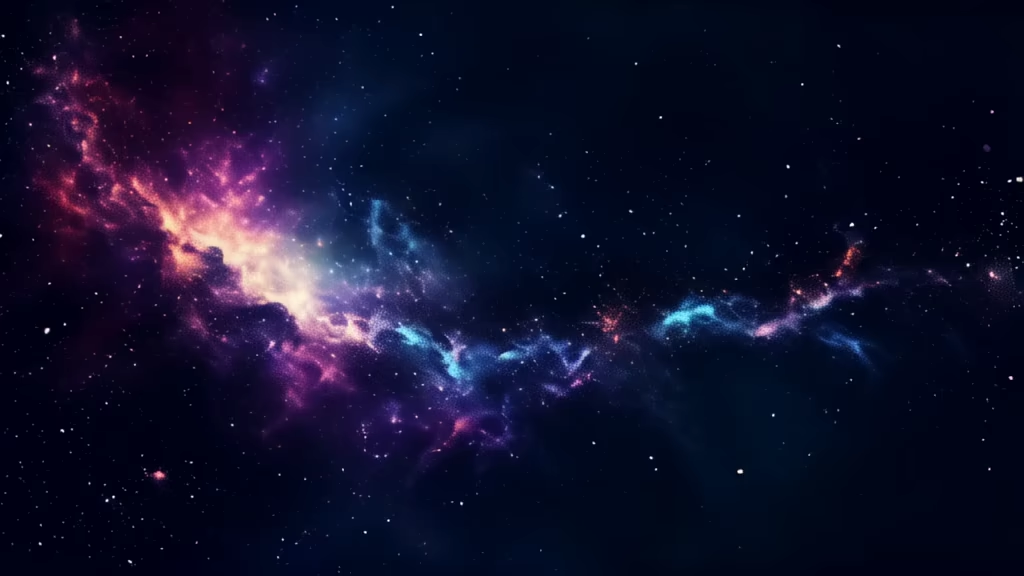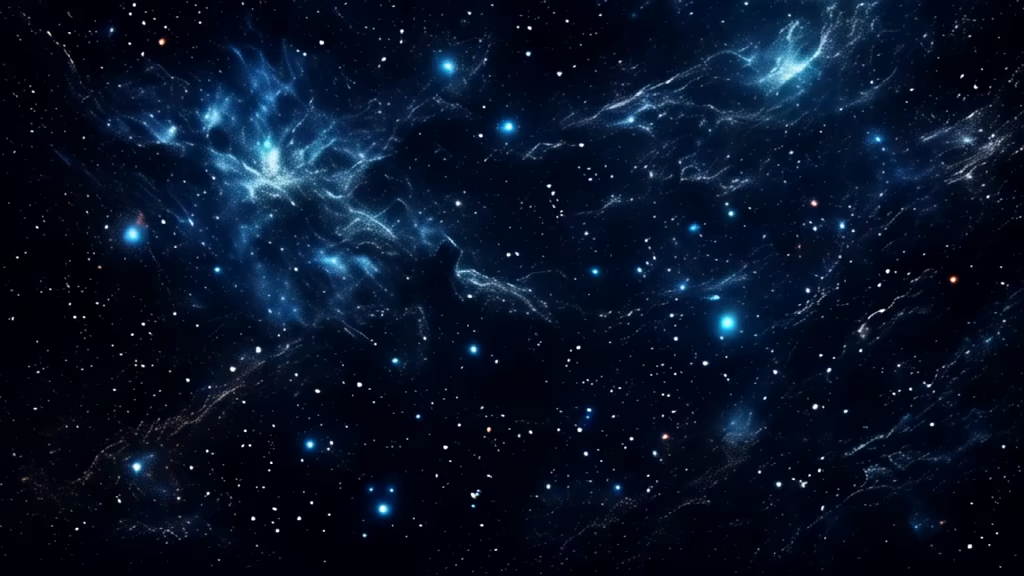







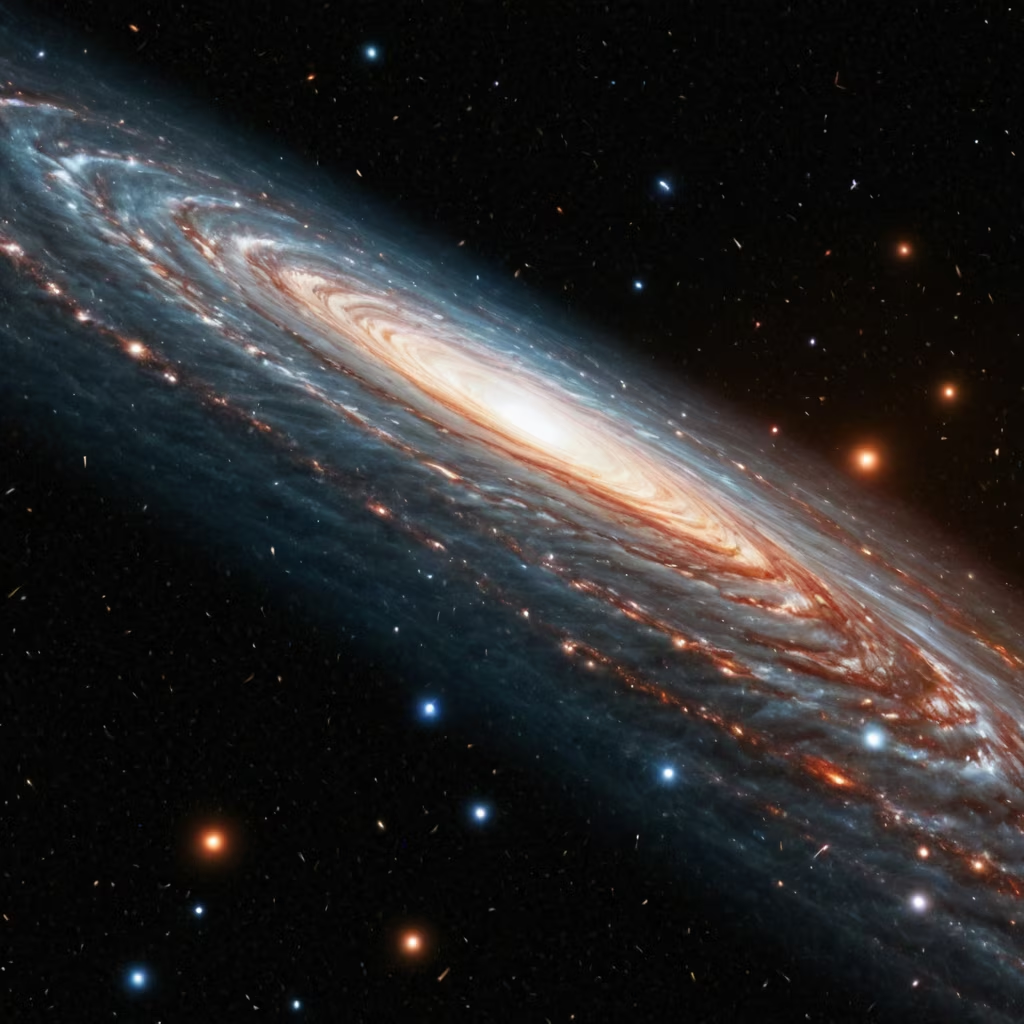

Prompt: create rose foliage circle , branch of leaves , png , circular , glitter , png , ultra image , green and gold glitter , png , backgroud , hd , Premium image
Style: Digital Art




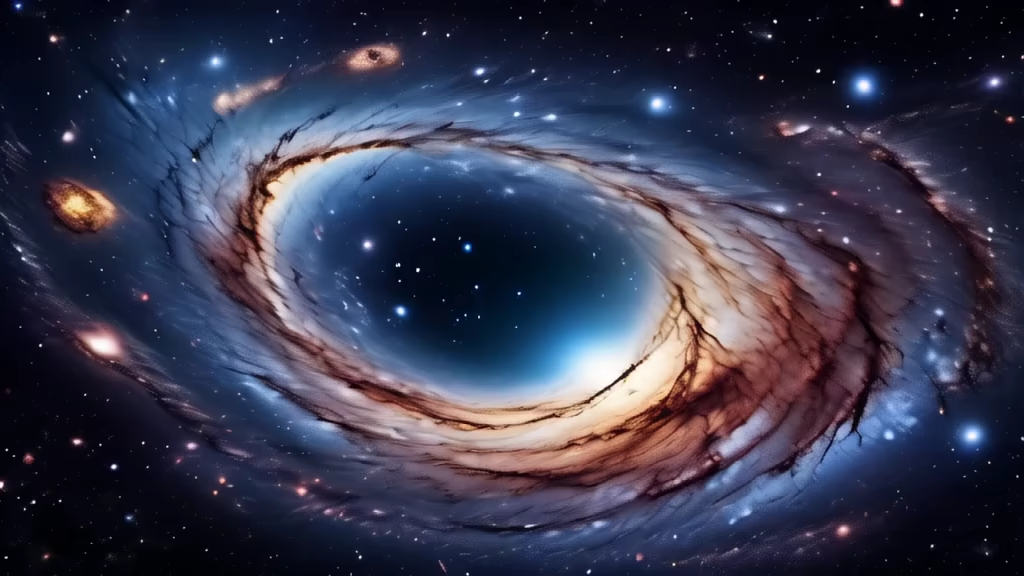
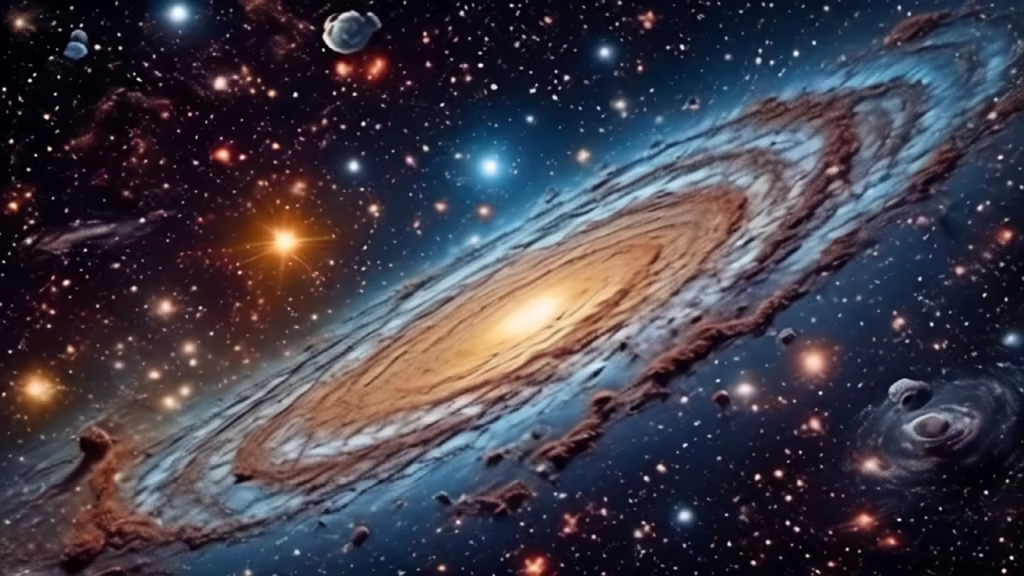
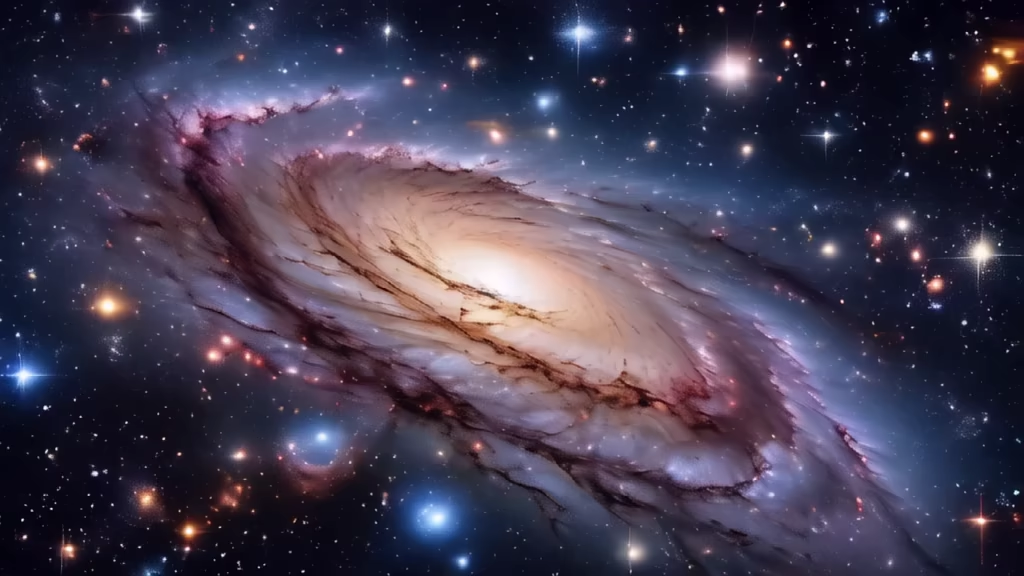
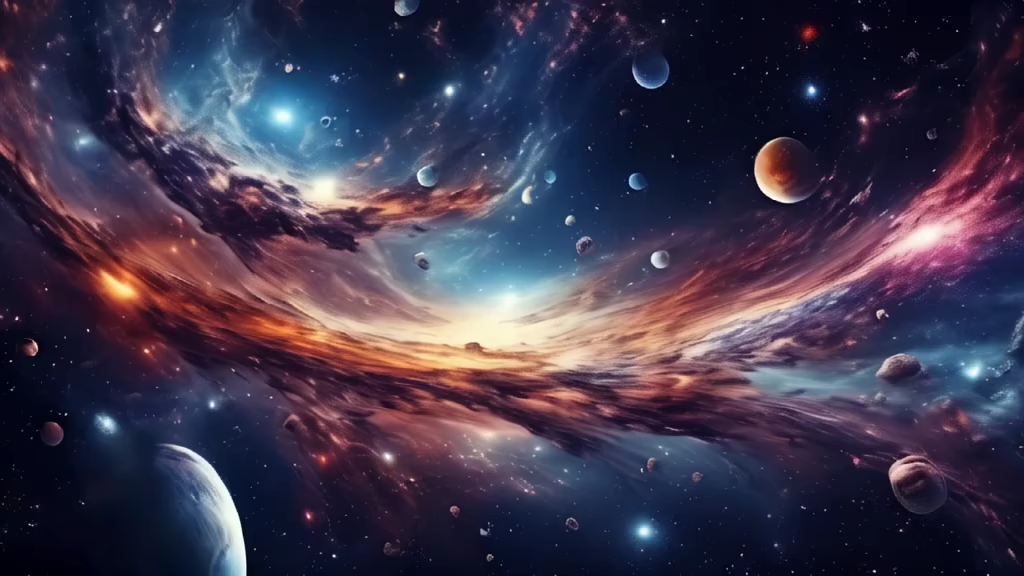
Prompt: a photo of a beautiful galaxy in space it should be photorealistic and vibrant, it should look very beautiful, i should be colourful and it should fit for profile photo, it should NOT be very empty
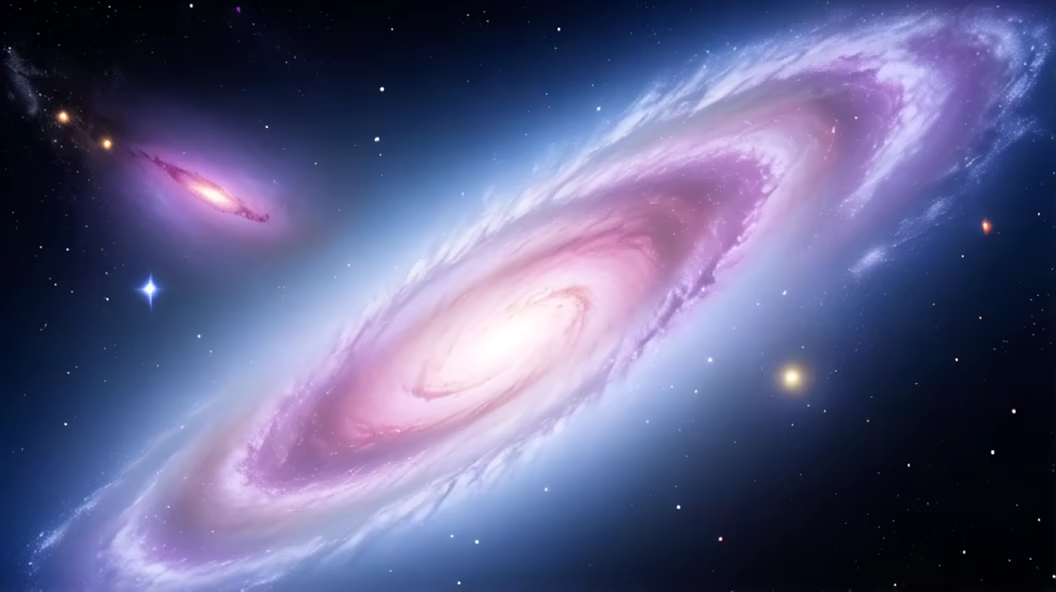
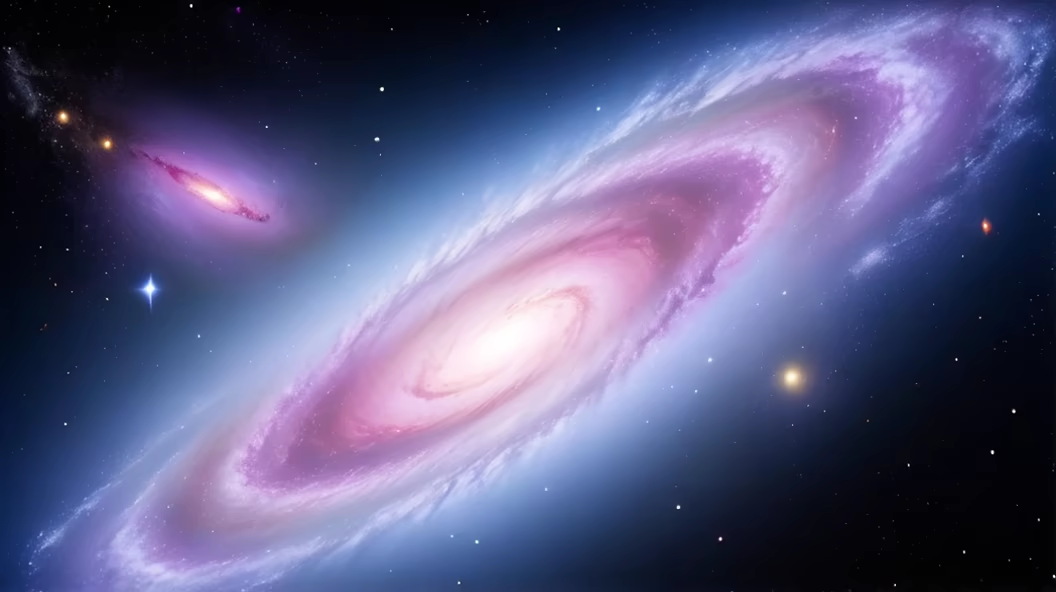


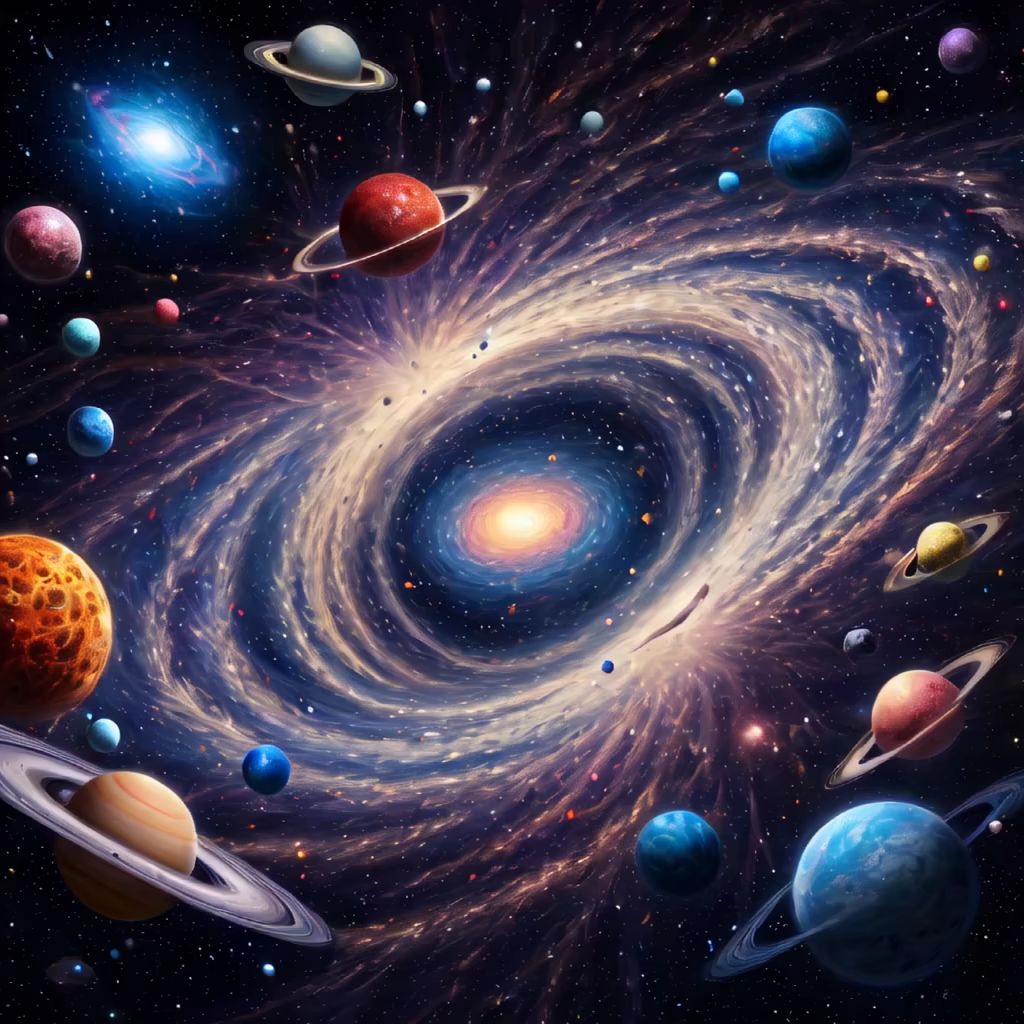

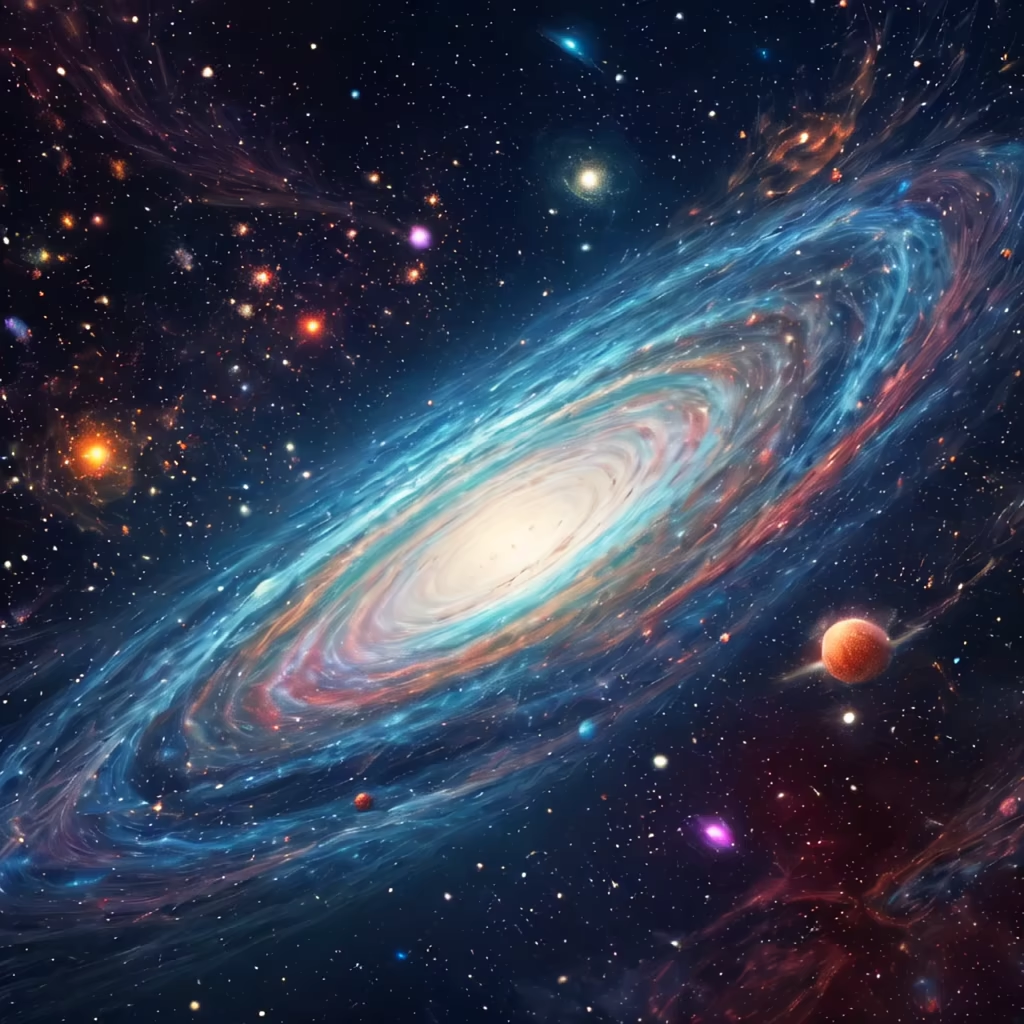

Prompt: black and white illustration, close-up shot of spartan warrior, face, shot, wearing spartan mask, screaming, flexing muscle, standing firmly, dangerous, with lightning and clouds swirling around him, action shot, tattered torn shirt, porcelain cracked skin, (vibrant, photo realistic, realistic, dramatic, dark, sharp focus, 8k).
Style: Fantasy Art


Prompt: hipster couches time travelers cool guys living room, psychedelic shrooms poster Manson horror haunted house Uvc spectrum light only glows in the dark psychedelics hardcore trippy surreal tapestry hd 32k 3d vibrant
Negative: blurry, ugly
Style: Origami




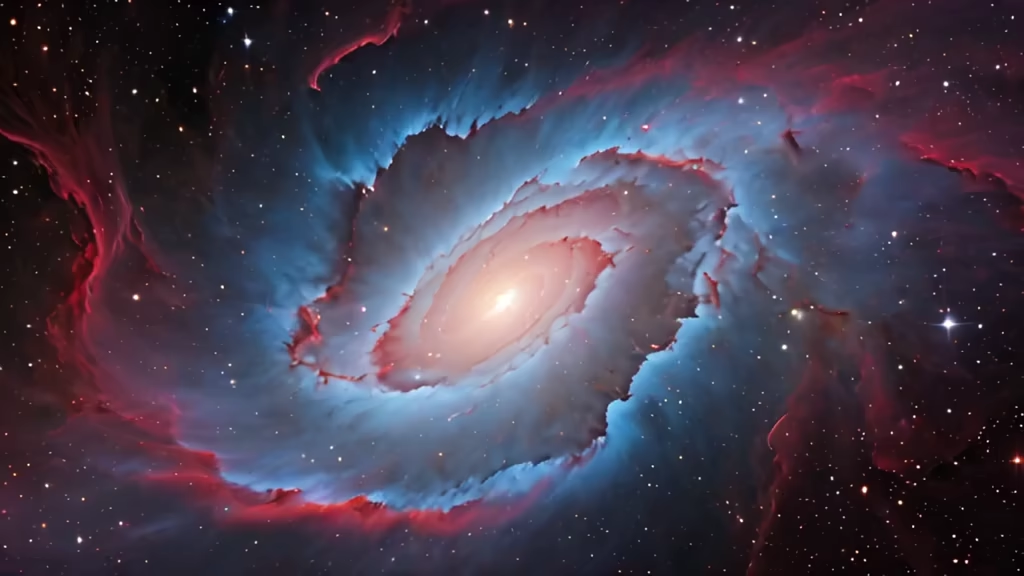
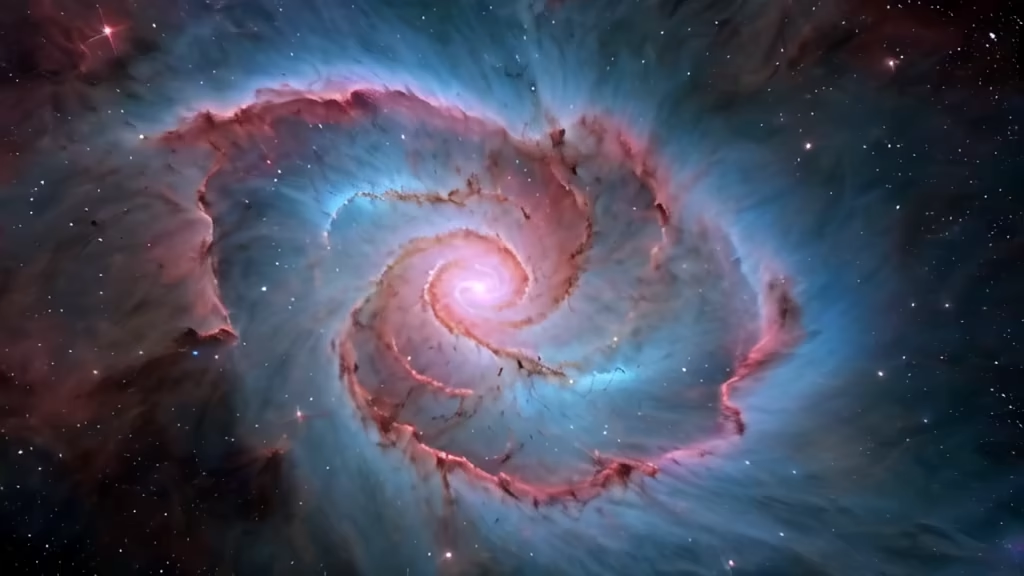
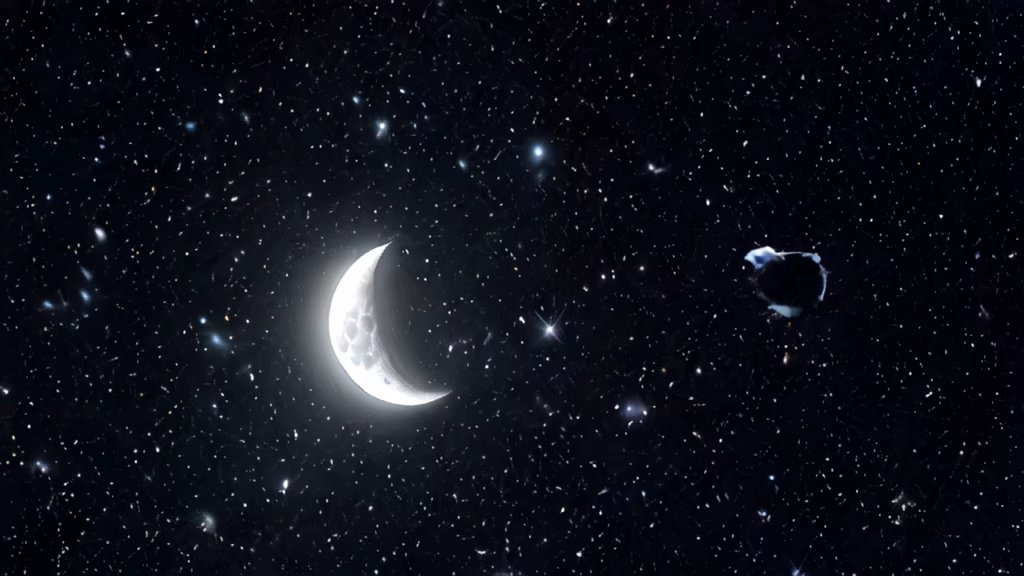
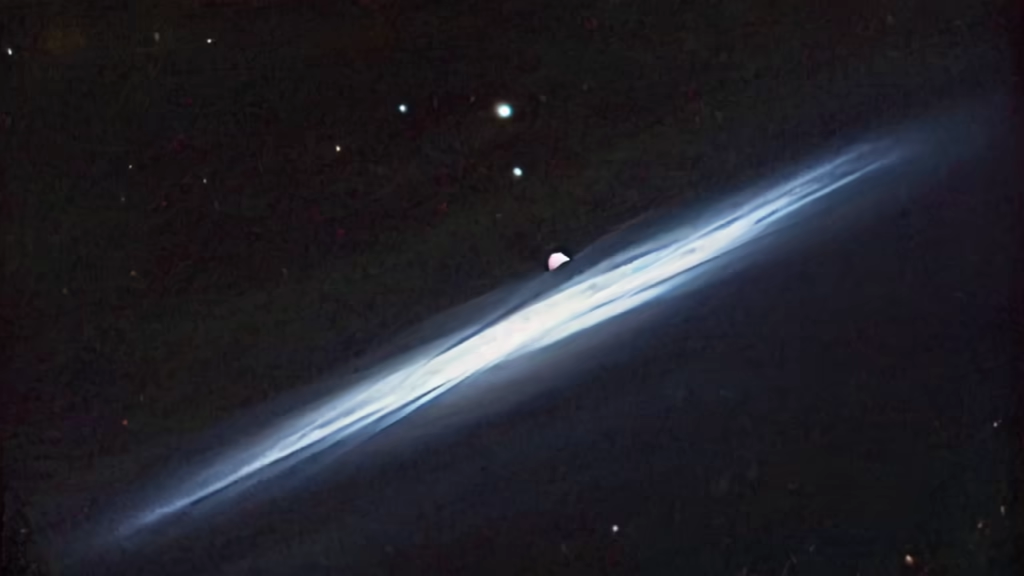

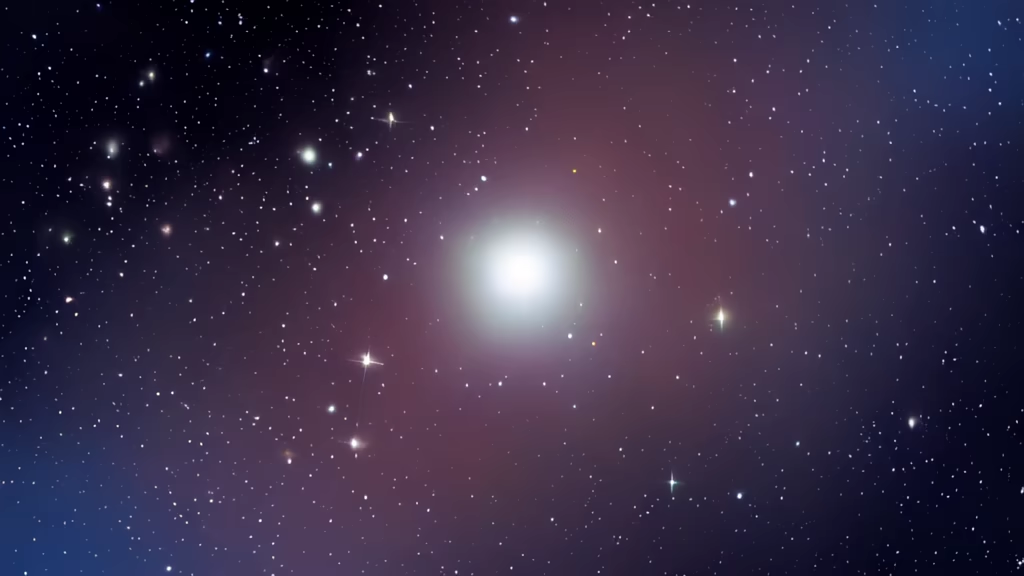


Prompt: dominant, a male with long dark-brown hair standing in a laboratory, wearing aristocrat robe, wearing brown coat, highly detailed, detailed anime character art, best, beautiful, masterpiece, symmetric, symmetry, shelves in the background, test tubes on shelves, anime, warm colors
Negative: ugly, text
Style: Cinematic








Prompt: breathtaking professional award-winning photograph of a scene called Higgs Boson Hunt: In the heart of a particle accelerator, particles race at near-light speeds before colliding in a burst of energy. The scene captures the moment of creation of the elusive Higgs boson, a particle responsible for mass. The explosion of particles is a dazzling display, a brief glimpse into the fundamental forces of the universe.




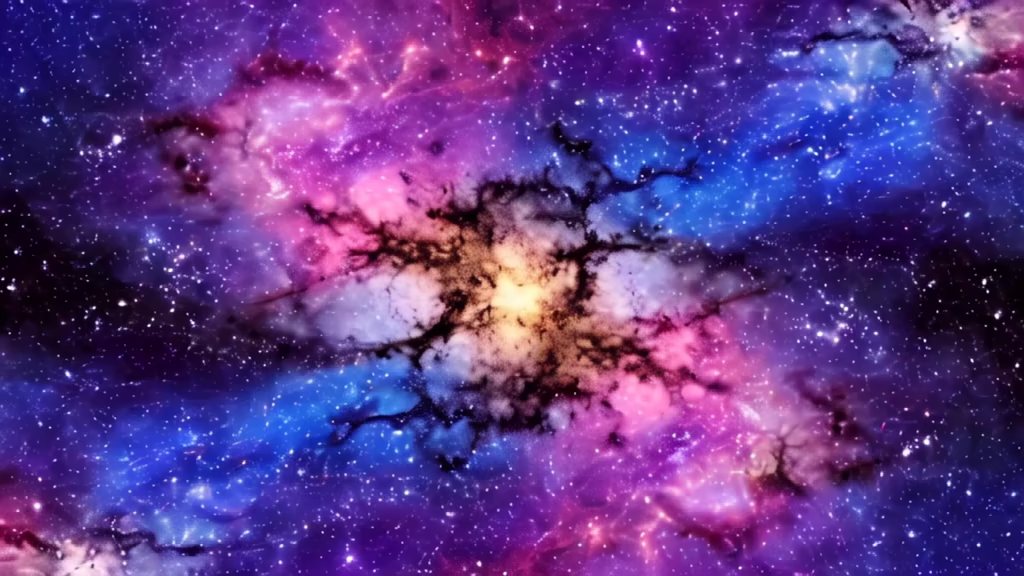
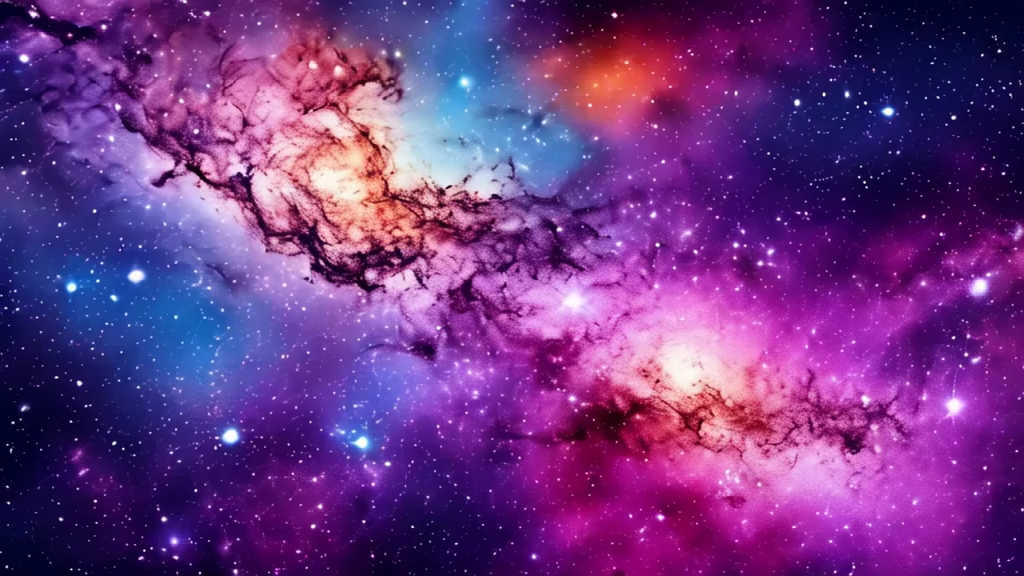
Prompt: The cosmos, a vast and unfathomable expanse, stretches infinitely beyond the confines of Earth's atmosphere. It is a universe filled with an innumerable array of celestial wonders and cosmic phenomena. Stars and Galaxies: The universe is teeming with billions of galaxies, each containing billions of stars. These celestial bodies range from young, hot, blue stars to ancient, cooler red giants. Galaxies themselves come in various forms: spirals with graceful, winding arms; ellipticals ranging from perfectly spherical to elongated ovals; and irregulars, which lack a defined shape. Planetary Systems: Around many stars orbit planets, moons, asteroids, and comets. These planetary systems can vary greatly, with some hosting rocky, terrestrial planets and others boasting giant gas planets. Moons orbiting these planets can be worlds unto themselves, with some harboring subsurface oceans or volcanic activity. Nebulae and Stellar Nurseries: Nebulae, immense clouds of gas and dust, are the birthplaces of stars. These cosmic nurseries glow with the light of young stars, and their colorful appearance is due to the ionization of gases like hydrogen and helium. Black Holes and Neutron Stars: The remnants of massive stars, black holes are regions of space with gravity so strong that not even light can escape. Neutron stars, compact and incredibly dense remnants of supernova explosions, emit beams of radiation that can be observed as pulsars. Cosmic Phenomena: The universe is also home to a variety of other phenomena, such as supernovae - the explosive death throes of stars, gravitational lensing where light is bent by the gravity of massive objects, and cosmic rays, high-energy particles traveling through space. The Cosmic Web: On the largest scales, galaxies are arranged in a vast network known as the cosmic web. This structure consists of long filaments of galaxies and dark matter separated by empty voids. Dark Matter and Dark Energy: Much of the universe is made up of dark matter and dark energy - mysterious substances that are not directly observable but are inferred from their gravitational effects and the universe's accelerating expansion. The Ever-Expanding Universe: The universe is constantly expanding, with galaxies moving away from each other. This expansion, first discovered by Edwin Hubble, has profound implications for the fate of the cosmos.
Style: Cinematic




Prompt: The cosmos, a vast and unfathomable expanse, stretches infinitely beyond the confines of Earth's atmosphere. It is a universe filled with an innumerable array of celestial wonders and cosmic phenomena. Stars and Galaxies: The universe is teeming with billions of galaxies, each containing billions of stars. These celestial bodies range from young, hot, blue stars to ancient, cooler red giants. Galaxies themselves come in various forms: spirals with graceful, winding arms; ellipticals ranging from perfectly spherical to elongated ovals; and irregulars, which lack a defined shape. Planetary Systems: Around many stars orbit planets, moons, asteroids, and comets. These planetary systems can vary greatly, with some hosting rocky, terrestrial planets and others boasting giant gas planets. Moons orbiting these planets can be worlds unto themselves, with some harboring subsurface oceans or volcanic activity. Nebulae and Stellar Nurseries: Nebulae, immense clouds of gas and dust, are the birthplaces of stars. These cosmic nurseries glow with the light of young stars, and their colorful appearance is due to the ionization of gases like hydrogen and helium. Black Holes and Neutron Stars: The remnants of massive stars, black holes are regions of space with gravity so strong that not even light can escape. Neutron stars, compact and incredibly dense remnants of supernova explosions, emit beams of radiation that can be observed as pulsars. Cosmic Phenomena: The universe is also home to a variety of other phenomena, such as supernovae - the explosive death throes of stars, gravitational lensing where light is bent by the gravity of massive objects, and cosmic rays, high-energy particles traveling through space.
Style: Cinematic


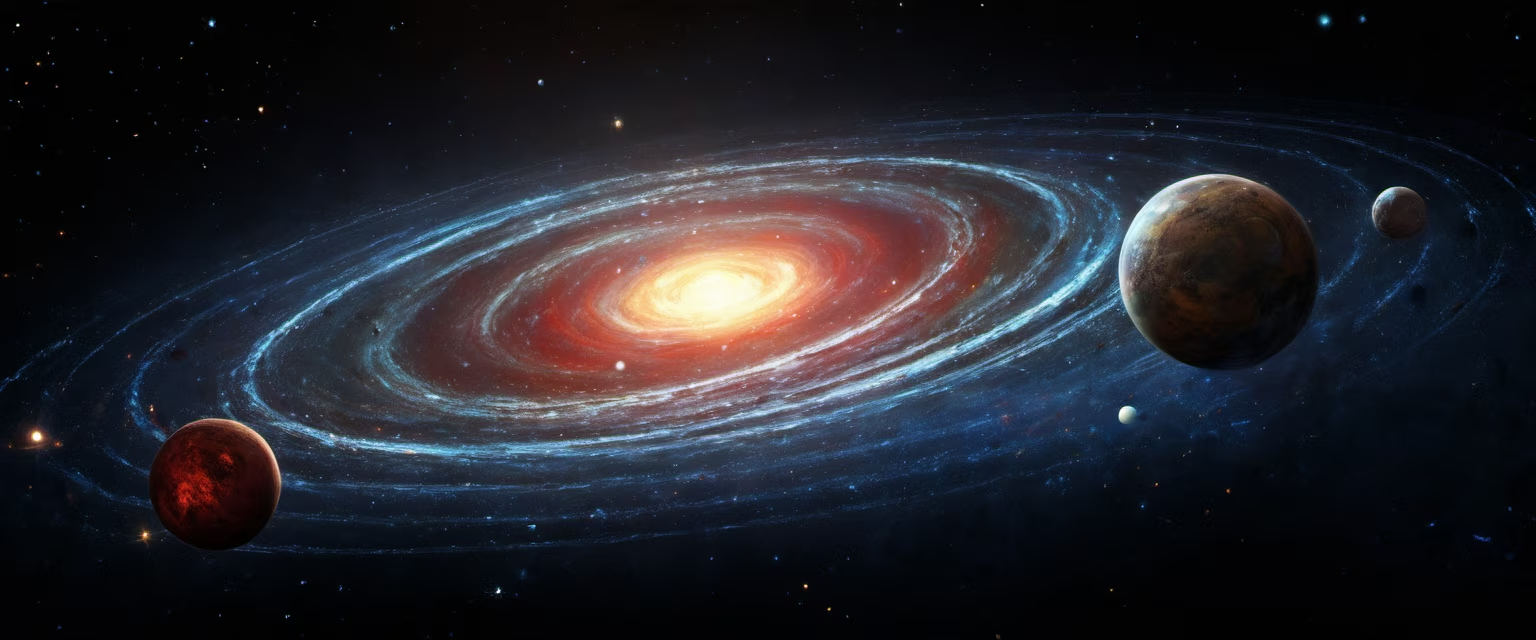



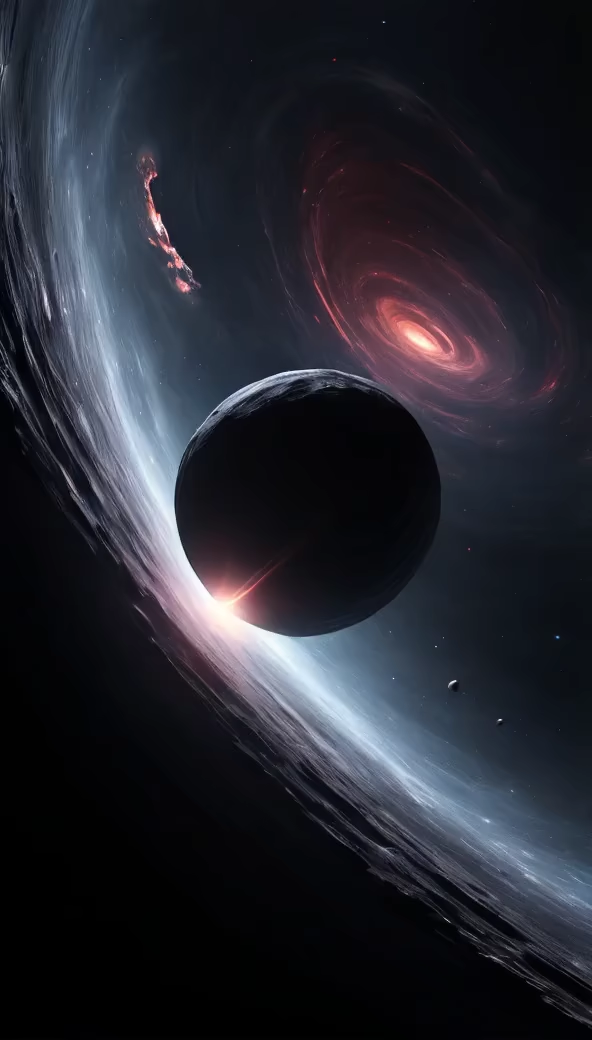
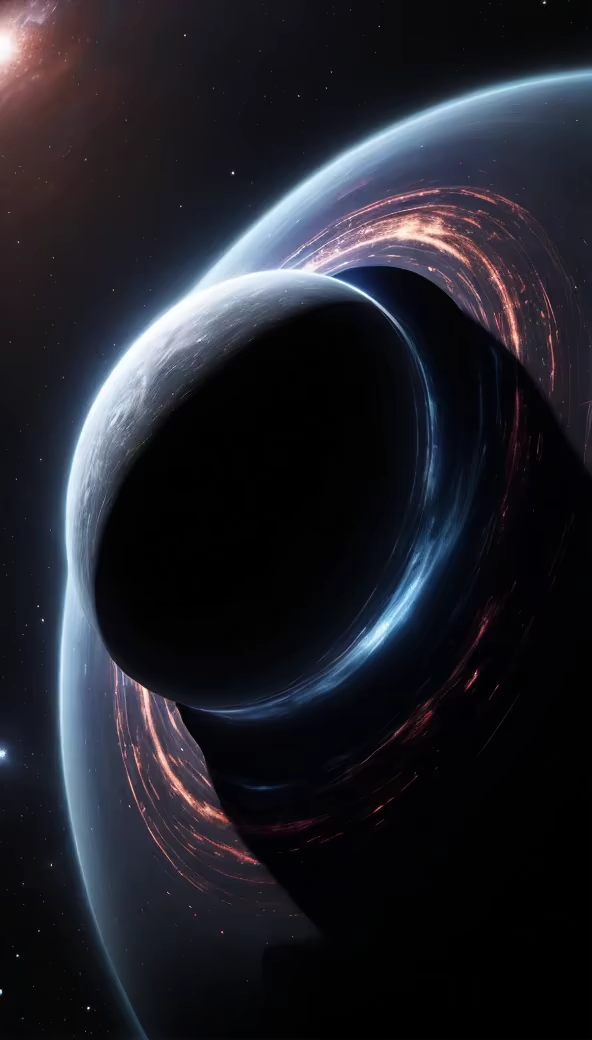












Prompt: colorful planets of a solar system far away from the Milky Way, a portal into a completely different world with different laws of physics, colorful




Prompt: Imagine a colossal galactic being, its form crafted from vibrant galaxies, delicately holding the Earth in its hand. The inner galaxies emit a spectrum of colorful light, creating a mesmerizing display of fractals and RGB brilliance


Prompt: universe, dark color, space background, less details, undiscovered, infinite, never-ending, limitless, fear, stars, galaxy
